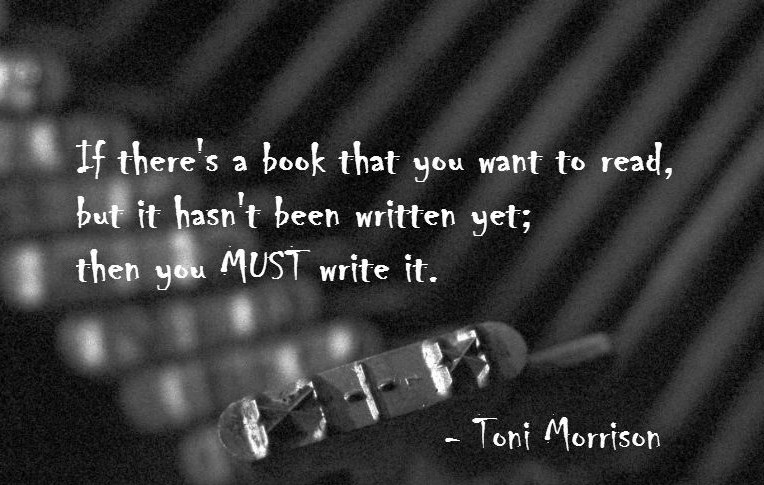Dreaming of writing a book? Perhaps you work in a field where publishing a book is a mark of your success. Specialists in many professional fields often pen books that become learning texts for those who follow in their footsteps. Most would-be novelists, however, want to pen an epic story that will merit them a spot in literary history. Whatever sort of book you’re writing, be prepared to spend time and expend a great deal of effort to complete the piece. Then, the hard part will begin. Writing a book, any author will tell you, is much easier than getting it published. Still, if you are determined to follow this dream, here are a few steps to help you on your way.
First, you want to fall back on something you learned in high school. You want an outline to follow. An outline for a book will evolve as the story does. Some writers actually refer to their outline as a story map. These “maps” outline not only the plot, but can help you keep track of timelines, characters, events and even the name of the fictional cat. Your initial outline will be bare bones, but be sure you leave lots of room for scribbling in notes as the story evolves. In the end, some outlines are as long as many short novels.
Secondly, you will need to begin your book. If you are basing it upon past events, you might choose to include an epilogue that outlines those previous events and brings the reader up-to-date with your introduction. If no epilogue is required, you can launch right into your introduction. Unlike a story or a paper, your introduction is going to be pages, sometimes chapters, long. The first few chapters in a book are crucial. Don’t forget, these are what you’ll be sending to publishers or agents to earn their acceptance should you be so fortunate as to merit their interest. They should be interesting, intriguing and very well written.
In the third step, you will be following your outline to create the story. Many writers do three, four or even five drafts of a book. The first, or the rough draft, is simply the story without too much embellishment. Then, the second adds the extras that will flesh out the tale. Take as many drafts as you need. Yes. This is time consuming. Writing a book is not like penning a short story. It is a job and one that, until the book is published, often feels quite thankless.
The fourth step, upon the completion of your final draft is to seek out either a literary agent to represent you to major publishing houses, or to be bold and seek a publisher on your own. Be forewarned that many of the bigger publishers don’t read work by authors who are not represented by an agent. Before sending any of your actual writing to an agent or publisher, you’ll compose a query letter describing their book and attempting to interest them in your manuscript. Most will not actually want to read any of your work unless this letter piques their interest.
If you’re lucky enough to have your manuscript read by either an agent or publishing house, you still only have a slight chance of being accepted. Some agents might send it back with suggested changes or perhaps offering advice on a firm better suited to representing your type of work. Often, even works that are accepted require massive revisions and rewrites to meet the publisher’s criteria. If you think this sounds like hard work, then you are right. It is. Still, the dream of having written your book and get your work published is enough to make taking all four steps worth the while.

